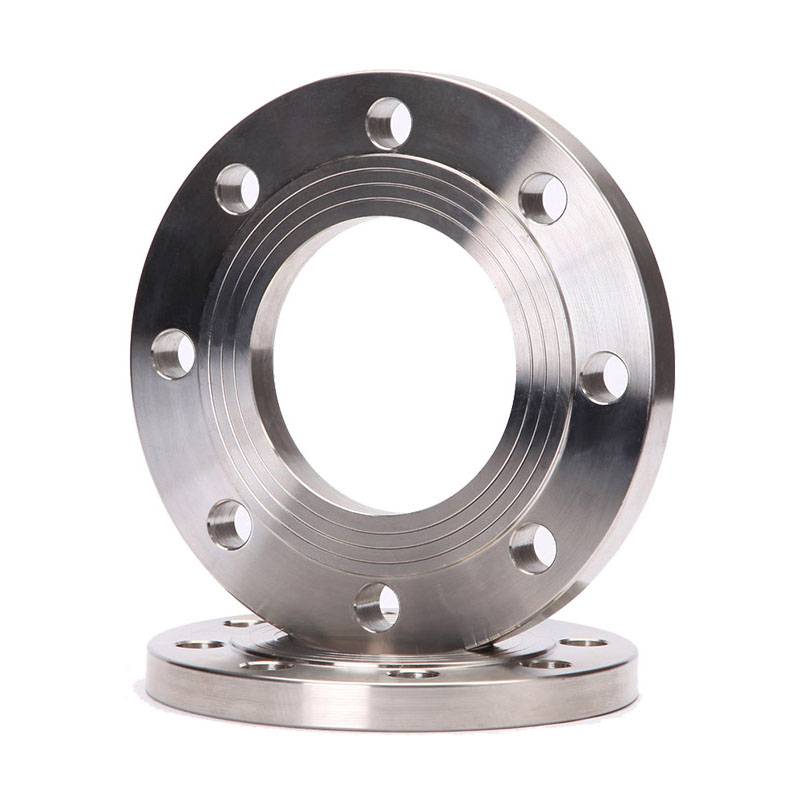-
Cangzhou Yulong Steel Co., Ltd.
-
Phone:
+86 13303177267 -
Email:
admin@ylsteelfittings.com
- English
- Arabic
- Italian
- Spanish
- Portuguese
- German
- kazakh
- Persian
- Greek
- French
- Russian
- Polish
- Thai
- Indonesian
- Vietnamese
- Zulu
- Korean
- Uzbek
- Hindi
- Serbian
- Malay
- Ukrainian
- Gujarati
- Haitian Creole
- hausa
- hawaiian
- Hebrew
- Miao
- Hungarian
- Icelandic
- igbo
- irish
- Japanese
- Javanese
- Kannada
- Khmer
- Rwandese
- Afrikaans
- Albanian
- Amharic
- Armenian
- Azerbaijani
- Basque
- Belarusian
- Bengali
- Bosnian
- Bulgarian
- Catalan
- Cebuano
- China
- China (Taiwan)
- Corsican
- Croatian
- Czech
- Danish
- Esperanto
- Estonian
- Finnish
- Frisian
- Galician
- Georgian
- Kurdish
- Kyrgyz
- Lao
- Latin
- Latvian
- Lithuanian
- Luxembourgish
- Macedonian
- Malgashi
- Malayalam
- Maltese
- Maori
- Marathi
- Mongolian
- Myanmar
- Nepali
- Norwegian
- Norwegian
- Occitan
- Pashto
- Dutch
- Punjabi
- Romanian
- Samoan
- Scottish Gaelic
- Sesotho
- Shona
- Sindhi
- Sinhala
- Slovak
- Slovenian
- Somali
- Sundanese
- Swahili
- Swedish
- Tagalog
- Tajik
- Tamil
- Tatar
- Telugu
- Turkish
- Turkmen
- Urdu
- Uighur
- Welsh
- Bantu
- Yiddish
- Yoruba

Nov . 07, 2024 16:22 Back to list
Versatile Stainless Steel Cross Fittings for Reliable Piping Solutions in Various Applications
Stainless Steel Cross Fittings An Overview
Stainless steel cross fittings are essential components in a variety of piping systems, widely used across several industries including plumbing, oil and gas, food and beverage, and chemical manufacturing. These fittings allow for the junction of multiple pipeline sections at right angles, facilitating the efficient flow of liquids and gases in a well-orchestrated manner. This article aims to explore the characteristics, applications, benefits, and installation aspects of stainless steel cross fittings, providing a comprehensive understanding of their role in modern infrastructure.
Characteristics of Stainless Steel Cross Fittings
The primary material used in the fabrication of stainless steel cross fittings is an alloy known for its resistance to corrosion, durability, and overall strength. Stainless steel is a mixture of iron with a minimum of 10.5% chromium, which forms a passive layer of chromium oxide on its surface. This layer acts as a shield against rust, stains, and other forms of degradation. Additionally, stainless steel fittings are typically categorized into various grades, with 304 and 316 being the most common in industrial applications. Grade 316 is particularly revered for its enhanced resistance to chloride corrosion, making it ideal for marine environments or instances where exposure to harsh chemicals is a concern.
Applications of Stainless Steel Cross Fittings
Stainless steel cross fittings are extensively utilized in several sectors. In plumbing, they are crucial for connecting pipes in residential, commercial, and industrial settings. The food and beverage industry often employs these fittings due to their hygienic properties, which reduce the risk of contamination. In oil and gas pipelines, cross fittings play a significant role in the configuration of distribution systems, ensuring a safe and efficient transfer of resources.
Moreover, the pharmaceutical industry relies on stainless steel cross fittings in the design of sterile systems
. The fittings enable compliance with stringent sanitary standards, crucial for the fabrication of medicines and vaccines. Additionally, in fire protection systems, stainless steel cross fittings contribute to the establishment of secure water supply lines, ensuring rapid response capabilities in emergencies.Benefits of Using Stainless Steel Cross Fittings
stainless steel cross fitting

One of the major advantages of stainless steel cross fittings is their longevity. Unlike plastic or carbon steel fittings, stainless steel fittings do not degrade under extreme conditions, reducing the need for frequent replacements. Furthermore, they maintain their structural integrity and performance in high-temperature and high-pressure environments, making them ideal for critical applications.
Another significant benefit is the ease of maintenance. The smooth surface of stainless steel fittings prevents the accumulation of dirt and bacteria, facilitating easier cleaning compared to other materials. Additionally, stainless steel is fully recyclable, making it an environmentally considerate option in today's eco-conscious world.
Installation Considerations
Installing stainless steel cross fittings requires adhering to best practices for ensuring leak-free connections. Proper threading, welding, or use of compression fittings is essential for achieving optimal integrity. Additionally, it is crucial to ensure that the fitting size matches the pipe diameter for secure installations. Employing the right tools and techniques, such as torque wrenches or pipe wrenches, is vital to avoid over-tightening, which can lead to damage.
Before installation, it is advisable to inspect fittings for any signs of manufacturing defects or corrosion. Working with established suppliers who provide quality assurance can mitigate risks associated with subpar products. Training personnel on correct installation methods is equally important to maintain safety standards.
Conclusion
In summary, stainless steel cross fittings are indispensable elements in a variety of piping systems across multiple industries. Their resistance to corrosion, durability, and ease of maintenance make them preferred choices for both engineers and installers. As industries continue to evolve and adopt more robust piping systems, the demand for high-quality stainless steel cross fittings is expected to grow, further underscoring their importance in maintaining the efficiency and safety of fluid transport systems. Understanding their characteristics and applications will help in making informed decisions about their use in various projects.
Latest news
-
ANSI 150P SS304 SO FLANGE
NewsFeb.14,2025
-
ASTM A333GR6 STEEL PIPE
NewsJan.20,2025
-
ANSI B16.5 WELDING NECK FLANGE
NewsJan.15,2026
-
ANSI B16.5 SLIP-ON FLANGE
NewsApr.19,2024
-
SABS 1123 FLANGE
NewsJan.15,2025
-
DIN86044 PLATE FLANGE
NewsApr.19,2024
-
DIN2527 BLIND FLANGE
NewsApr.12,2024
-
JIS B2311 Butt-Welding Fittings LR/SR 45°/90° /180°Seamless/Weld
NewsApr.23,2024











